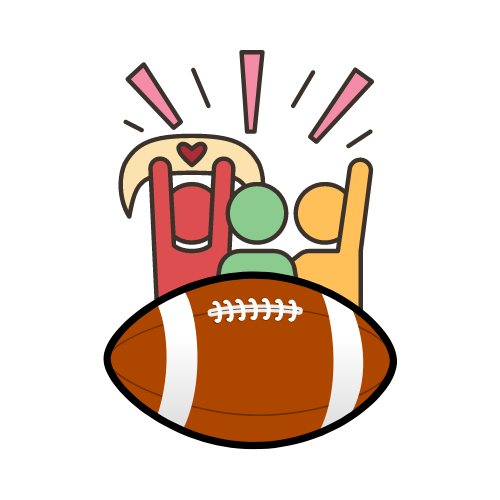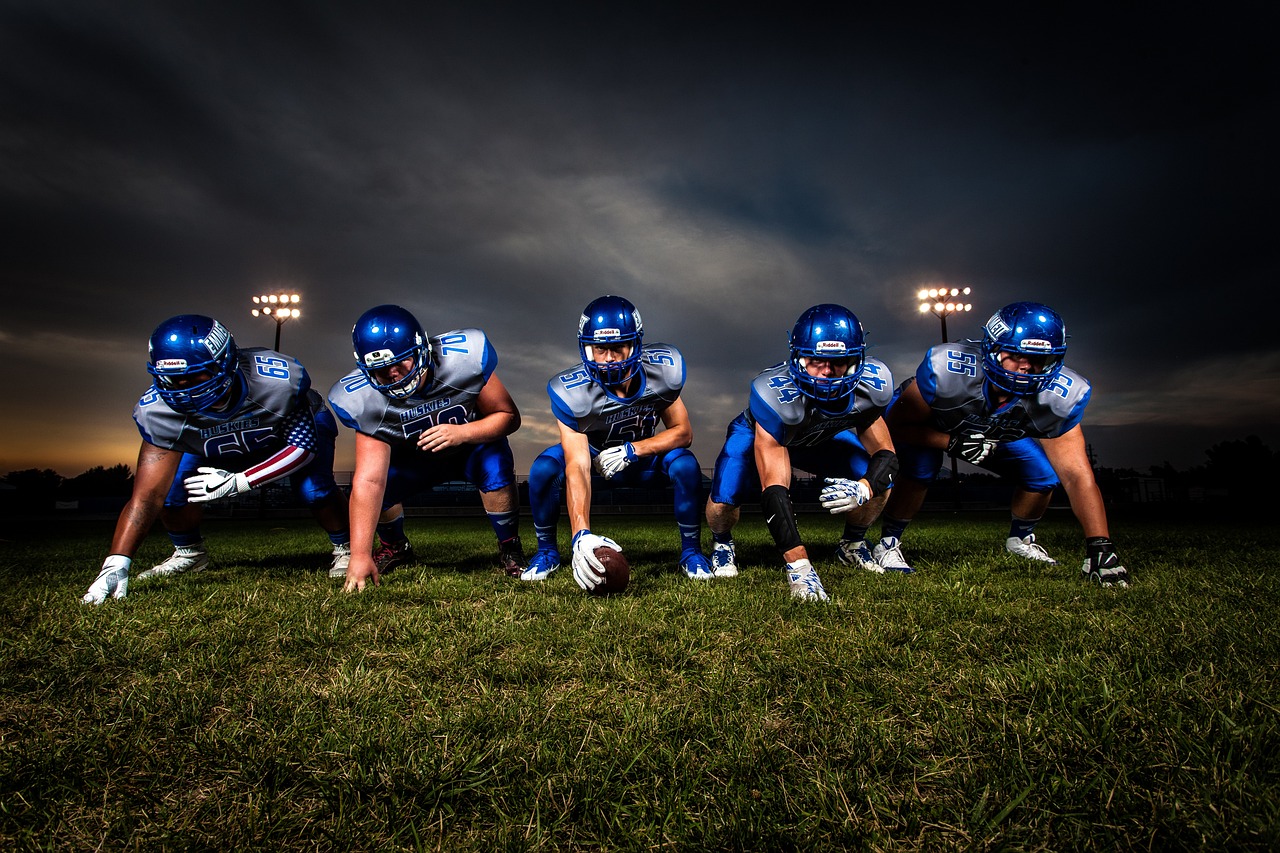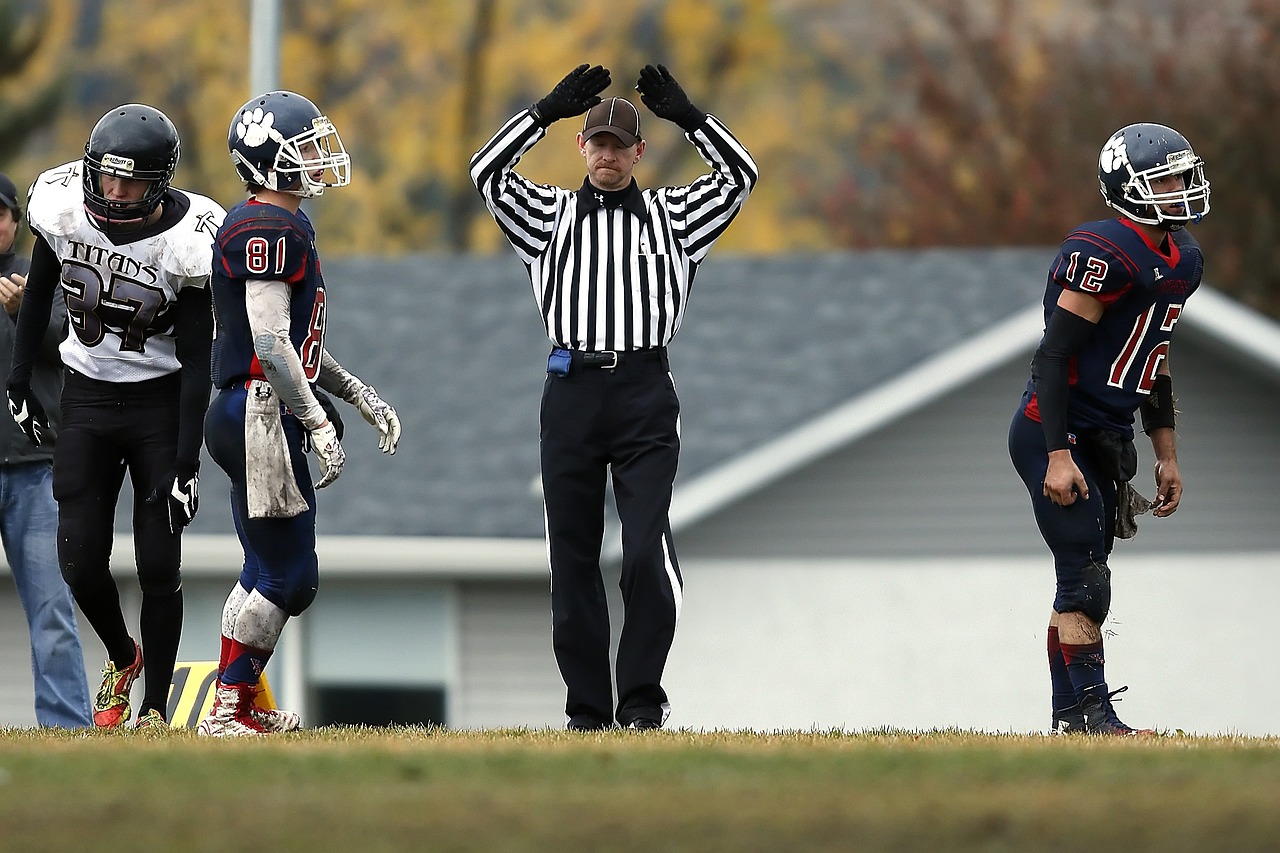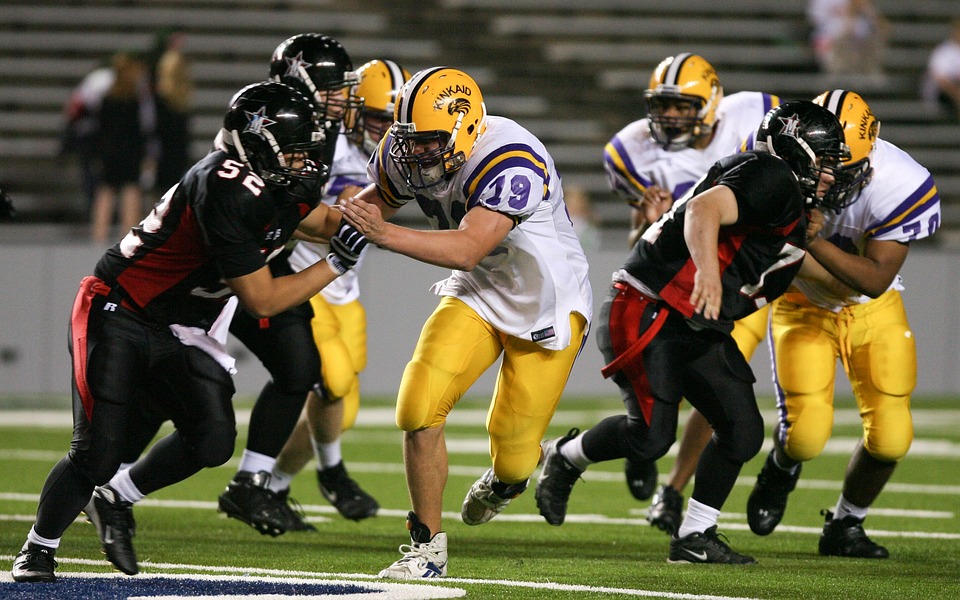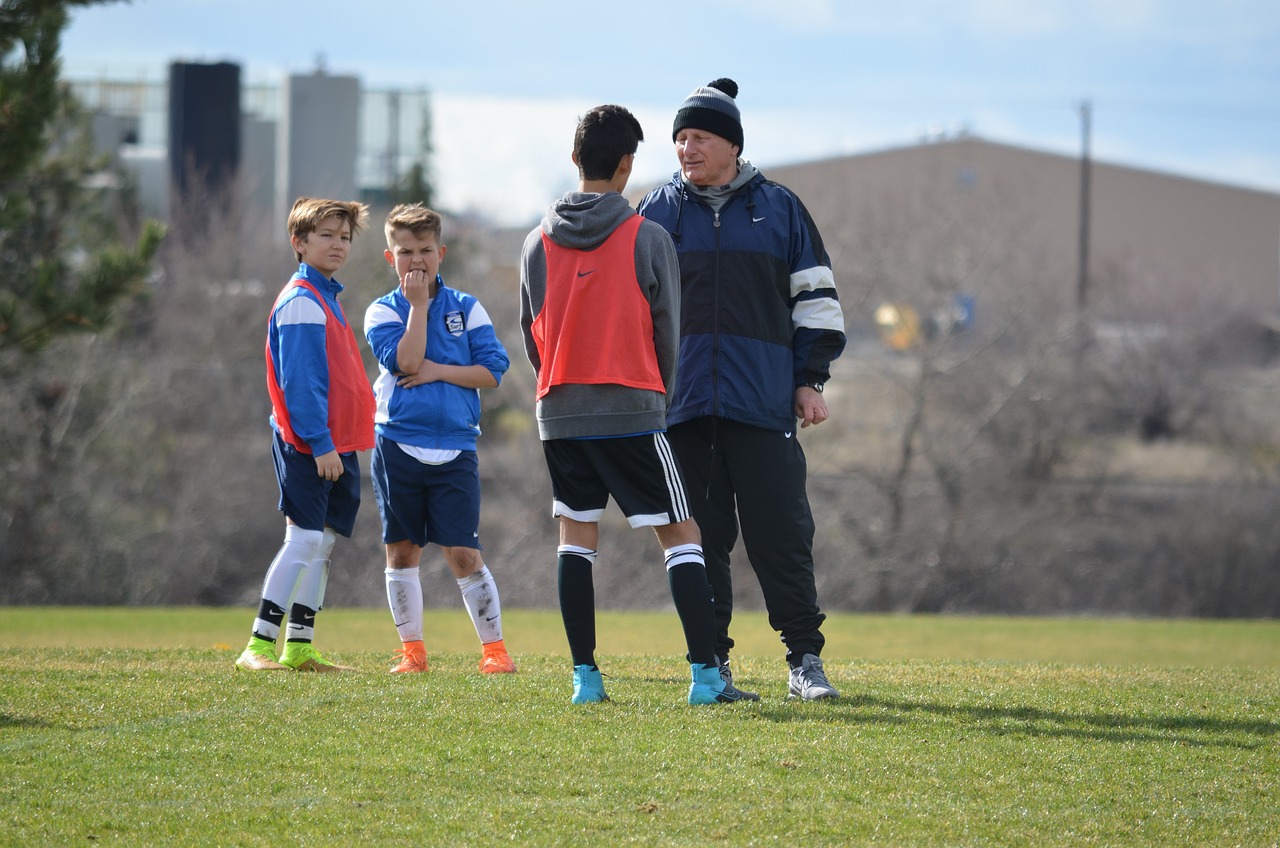Why Protective Gear is Non-Negotiable for High School Football Players
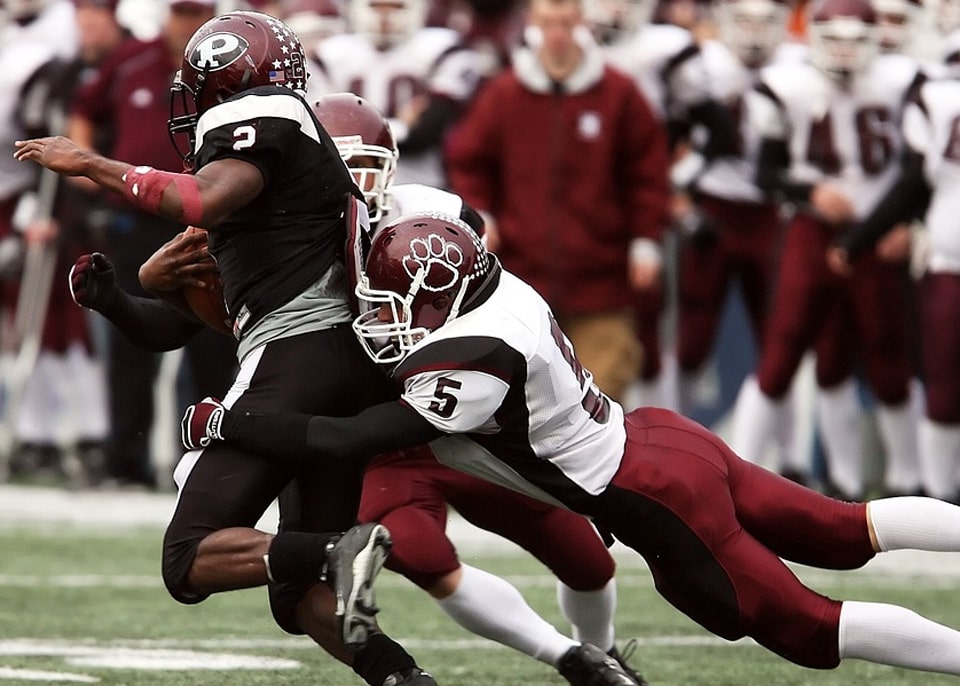
As a former high school football player and now a coach, I cannot stress enough the importance of protective gear in high school football. Football is a contact sport that can result in serious injuries if players are not properly equipped. In this article, I will discuss the dangers of playing high school football, common injuries that occur, the importance of protective gear, types of gear available, how to choose the right gear, the role of coaches and parents in ensuring player safety, the cost of protective gear, and the impact of not wearing protective gear.
The Dangers of Playing High School Football
While football is a beloved sport for many, it is not without its dangers. High school football players are at risk of suffering injuries that can have long-term effects on their health. According to the National Federation of State High School Associations, between 2015 and 2017, there were an estimated 379,000 football-related injuries among high school athletes. These injuries ranged from minor sprains and bruises to more serious injuries such as concussions and fractures.
In addition to physical injuries, high school football players are also at risk of developing chronic traumatic encephalopathy (CTE), a degenerative brain disease that is caused by repeated head injuries. CTE can lead to memory loss, depression, and other cognitive issues. While CTE is more commonly associated with professional football players, it is still a concern for high school football players who may have been playing the sport for many years.
Common Injuries in High School Football
Some of the most common injuries in high school football include concussions, sprains, strains, fractures, and contusions. Concussions are particularly concerning as they can have long-term effects on players’ cognitive abilities. According to a study by the American Academy of Pediatrics, high school football players are more likely to suffer a concussion than athletes in any other high school sport.
Sprains and strains are also common injuries in football, particularly in the ankles and knees. Fractures and contusions can occur as a result of collisions with other players or contact with the ground. While some injuries can be minor and heal quickly, others can require surgery and extensive rehabilitation.
The Importance of Protective Gear
Protective gear is essential for high school football players to prevent and minimize injuries. The right gear can help absorb the impact of collisions and falls, reducing the risk of fractures, contusions, and other injuries. Proper gear can also help prevent concussions by reducing the force of impact to the head.
While no protective gear can completely eliminate the risk of injury, it can greatly reduce the severity of injuries and help players recover more quickly. In addition to protecting players from physical injuries, gear can also help prevent heat-related illnesses by providing ventilation and wicking away sweat.
Types of Protective Gear for High School Football Players
There are several types of protective gear that high school football players should wear to ensure their safety on the field. Some of the most important types of gear include:
Helmets
Helmets are perhaps the most important piece of protective gear for football players. They are designed to protect the head from collisions and reduce the risk of concussions. When choosing a helmet, it is important to look for one that fits properly and provides adequate ventilation.
Shoulder Pads
Shoulder pads are designed to protect the shoulders and chest from impact. They can help prevent fractures and contusions and reduce the risk of injuries to the heart and lungs.
Mouthguards
Mouthguards are essential for protecting the teeth and gums from impact. They can also help prevent concussions by reducing the force of impact to the head.
Knee and Thigh Pads
Knee and thigh pads can help prevent fractures and contusions to the legs. They are particularly important for linemen who are at risk of being hit in the legs during plays.
Cleats
Proper footwear is essential for preventing slips and falls on the field. Cleats provide traction and can help prevent ankle and knee injuries.
How to Choose the Right Protective Gear
Choosing the right protective gear is essential for ensuring player safety. When selecting gear, it is important to consider factors such as fit, comfort, and level of protection. Helmets should fit snugly and have adequate ventilation to prevent heat-related illnesses. Shoulder pads should cover the entire shoulder and chest area and be adjustable to ensure a proper fit. Mouthguards should be comfortable and not interfere with breathing or speaking.
When selecting knee and thigh pads, it is important to choose ones that are lightweight and flexible. Cleats should fit properly and provide adequate traction on the field. Coaches and parents should work with players to ensure they have the right gear and that it fits properly.
The Role of Coaches and Parents in Ensuring Player Safety
Coaches and parents have a crucial role to play in ensuring the safety of high school football players. Coaches should ensure that players are properly equipped with protective gear and that it fits properly. They should also be trained in proper tackling techniques and how to recognize and respond to signs of concussion.
Parents can also help ensure player safety by monitoring their children’s health and encouraging them to report any injuries or symptoms. They should also ensure that their children have the proper gear and that it fits properly. Parents can also help advocate for better safety protocols and equipment for their children’s teams.
The Cost of Protective Gear and Potential Solutions
One of the biggest barriers to ensuring player safety in high school football is the cost of protective gear. While some schools provide gear to their players, others require families to purchase it themselves. This can be a significant financial burden for families who may struggle to afford the cost of equipment.
One potential solution to this problem is to provide financial assistance to families who cannot afford the cost of gear. This could be done through fundraising efforts or through partnerships with local businesses and organizations. Schools could also consider providing gear to players free of charge or at a reduced cost.
The Impact of Not Wearing Protective Gear
The impact of not wearing protective gear in high school football can be devastating. Players who do not wear the proper gear are at risk of suffering serious injuries that can have long-term effects on their health. They are also more likely to suffer from heat-related illnesses and other health issues.
In addition to the physical impact, not wearing protective gear can also have a psychological impact on players. They may feel anxious or fearful on the field, which can affect their performance and enjoyment of the sport.
Conclusion
In conclusion, protective gear is non-negotiable for high school football players. It is essential for preventing and minimizing injuries and ensuring player safety on the field. Coaches and parents have a crucial role to play in ensuring that players are properly equipped with gear and that it fits properly. While cost can be a barrier to ensuring player safety, there are potential solutions that can be implemented to address this issue. By prioritizing player safety and investing in the right gear, we can help ensure that high school football remains a safe and enjoyable sport for all players.
